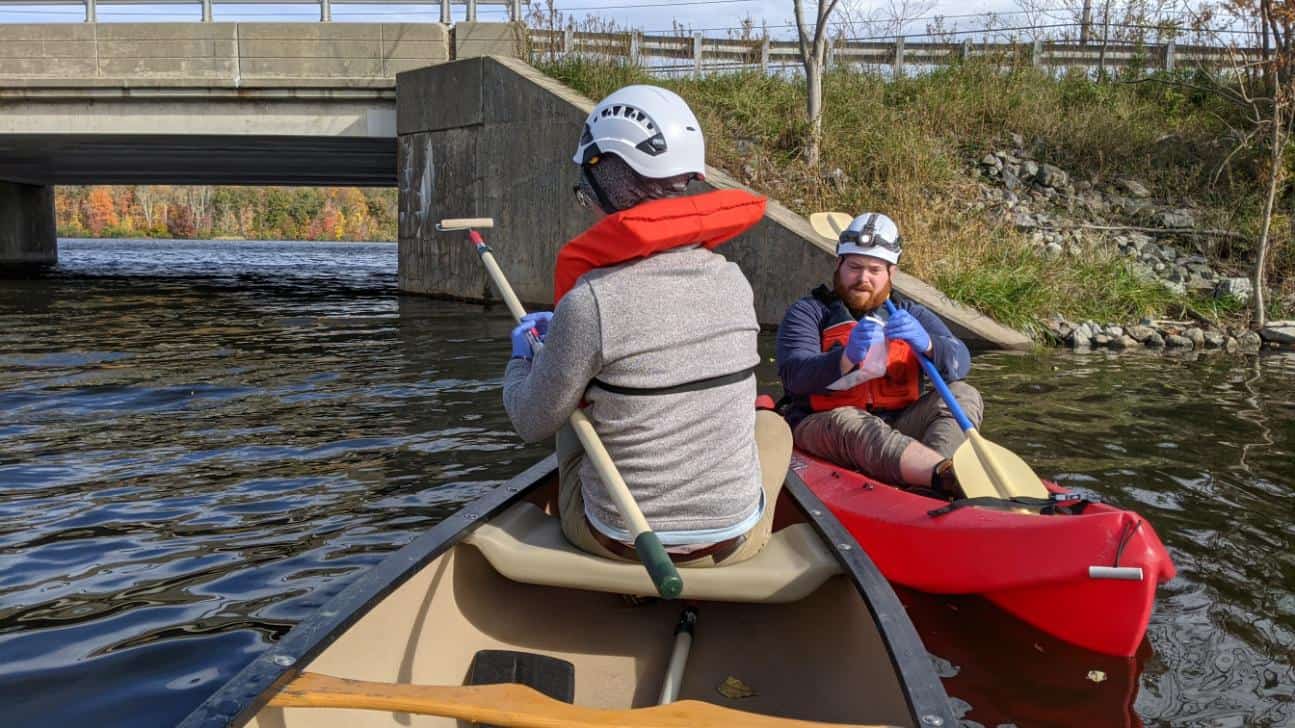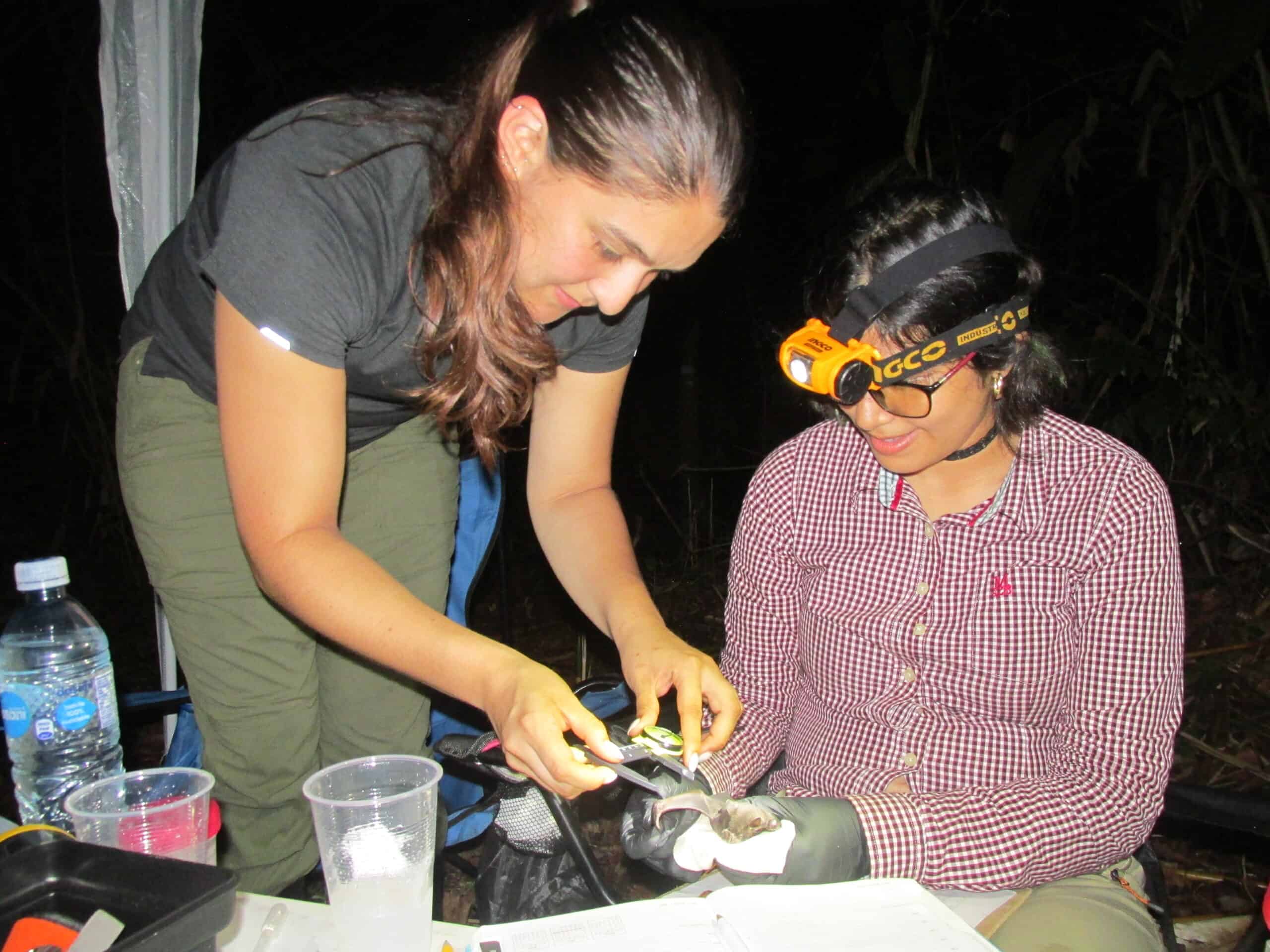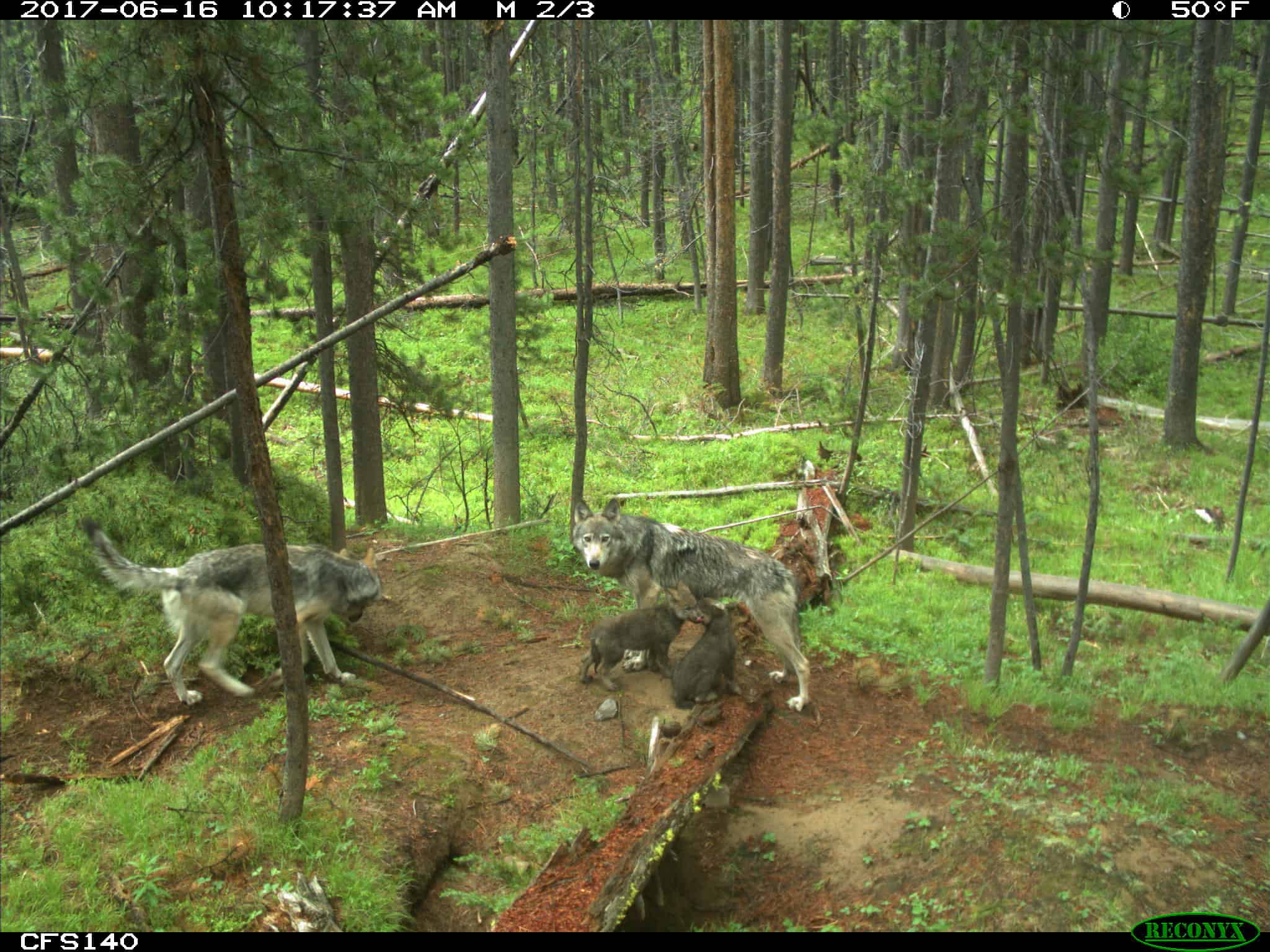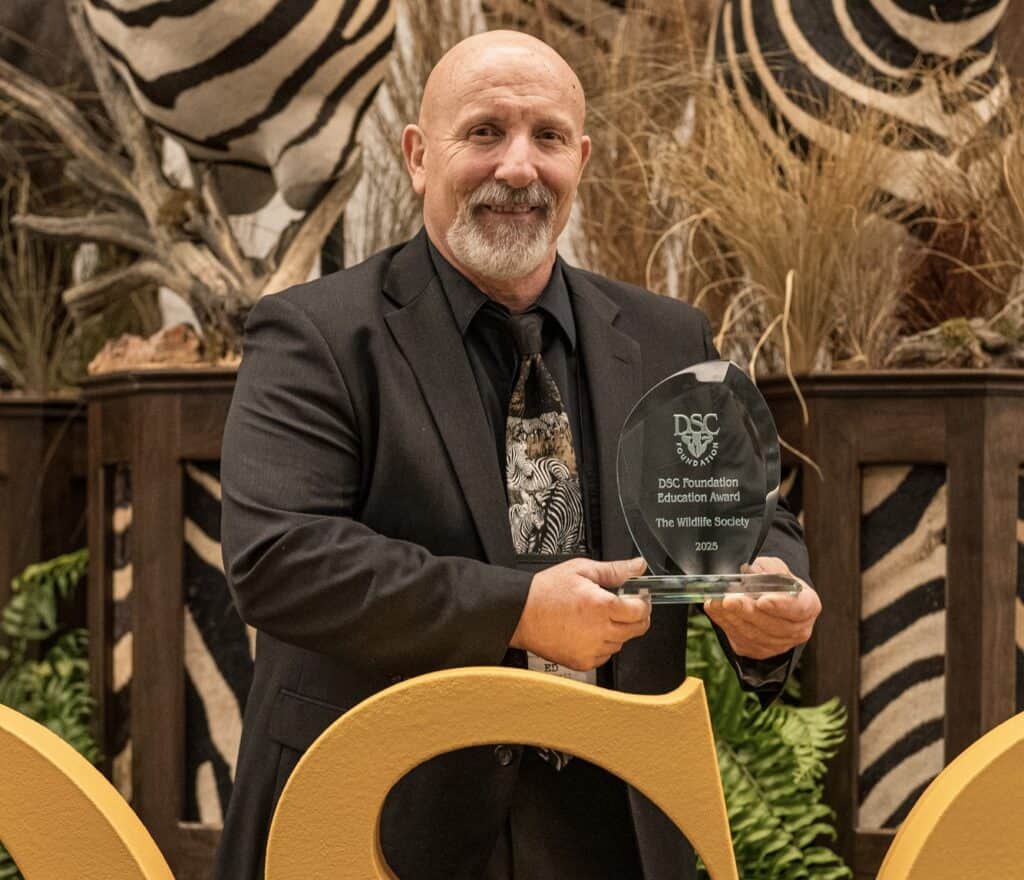
Environmental DNA analysis can reveal evidence of threatened and endangered bats roosting under bridges—an important tool to ensure contractors take proper conservation measures before construction or renovation.
Bridges require maintenance, including renovations and construction, to keep them safe for vehicles. But this type of work could disturb—or even kill—bats whose presence is difficult to detect.
“In human-modified landscapes, bats often lack suitable roosting habitat, so they will occasionally roost in bridges,” said TWS member Daniel Fisher, a PhD candidate in ecology and evolution at Rutgers University in New Jersey. Some bridges host maternity colonies where mothers raise their young, he added. “Any fatality to a maternity colony is going to have a real impact on population growth.”
If contractors know bats are using the bridge, they could delay their work until the roosting season or create an exclusion device that keeps the bat away after they leave to forage for the night. Workers can only do the latter if there are no flightless pups present.
But to take these measures, wildlife managers need to know where the roosts are. In ongoing work Fisher presented at the 2024 TWS Annual Conference in Baltimore, Maryland, he and his colleagues tested if environmental DNA might reveal the presence of bats that may otherwise be undetectable around bridges. Bats shed DNA, such as urine, guano or other traces, in areas where they roost, offering prime samples for eDNA detection.

Under the bridge
To conduct the study, Fisher and his colleagues tested 14 bridges known to host bat colonies around New Jersey. They swabbed surfaces of different bridge features using clean paint rollers. Some of these features included abutments, which are the structures at either side of the bridge; embankments, or the slopes leading up to the abutments; expansion joints, or gaps built into the structure of the bridge to help bridges from buckling due to normal contractions and expansions from temperature changes; support beams that run under the bridge parallel to the way cars drive; and bents, which are the columns that support some bridges. For each of the 14 bridges, the team chose three of these features, swabbing them twice each in the summer of 2022, in the winter of 2022-2023 and in the spring of 2023.
They found that the easiest season to detect bats was the summer when roosting colonies are active. But they could also find evidence of bats in the other seasons sometimes—just not as reliably.
The bents, the expansion joints and the embankments were most likely to retain traces of bat DNA, though the latter was a lot less reliable than the other two.
“If you want to conduct an eDNA survey on bridges for bats, you should sample bents and expansion joints in the summer for the highest likelihood of detection,” Fisher said.

In most cases, the eDNA analysis revealed the presence of the species that researchers already knew lived under the tested bridges, but there were a few surprises.
For example, the survey revealed the presence of a northern long-eared bat (Myotis septentrionalis), a species the U.S. Fish and Wildlife Service lists as federally endangered.
At another four bridges, the researchers detected traces of eastern red bats (Lasiurus borealis), which surprised the researchers because this species usually roosts in foliage and only occasionally in human-made structures. Fisher said the researchers aren’t sure whether these red bats were actually roosting at the bridges or that there were just high levels of red bat activity in the area.
Overall, Fisher said that knowing more about how bats use bridges and how scientists can detect them is important for wildlife managers trying to minimize harm to the creatures.
















